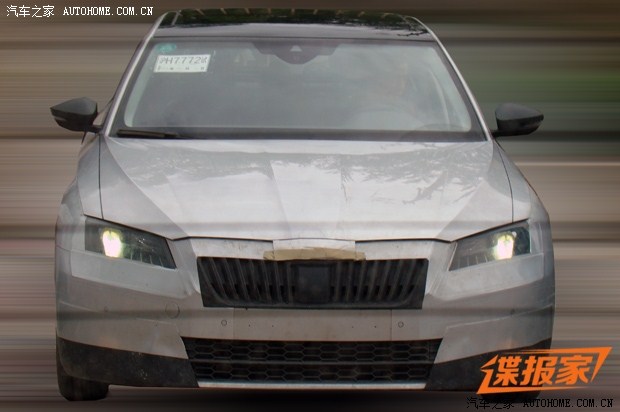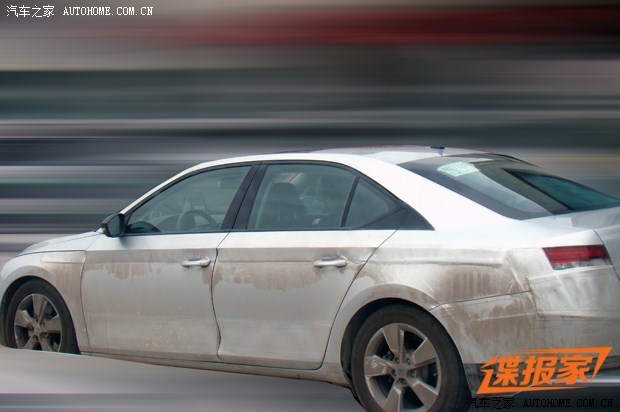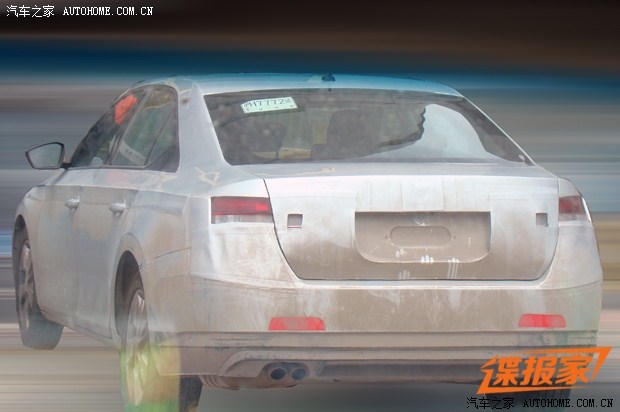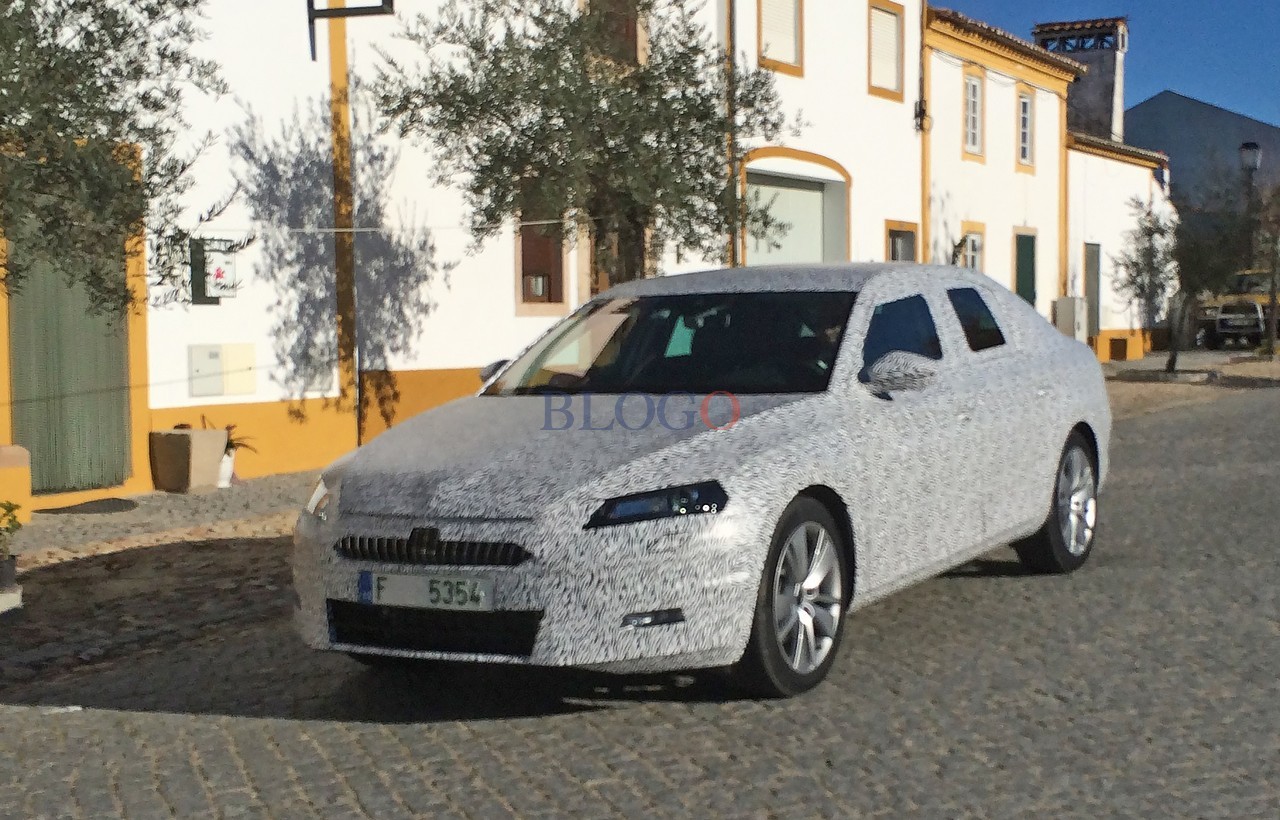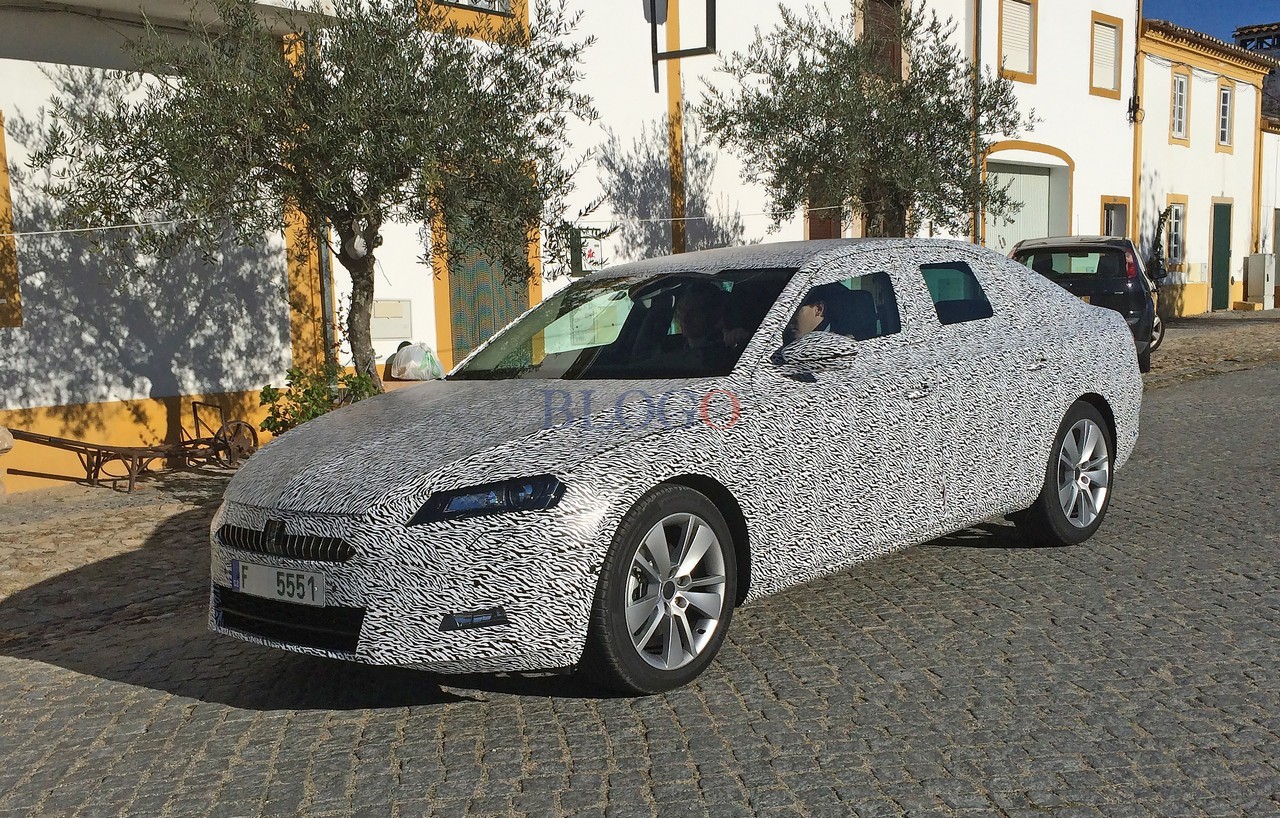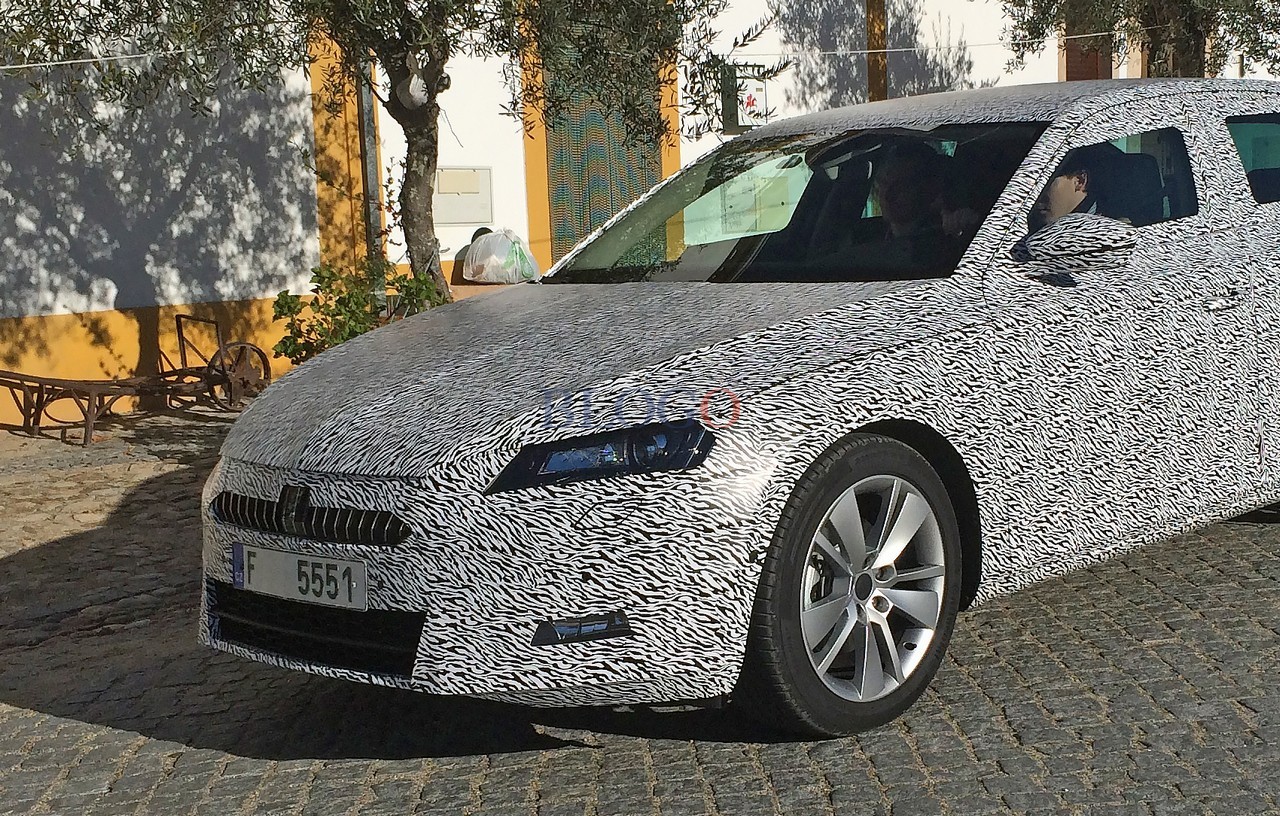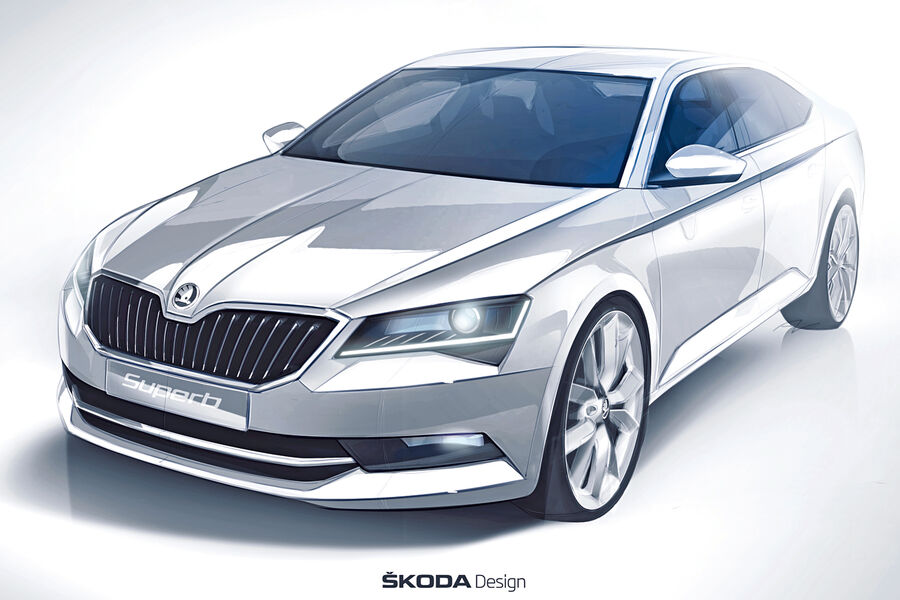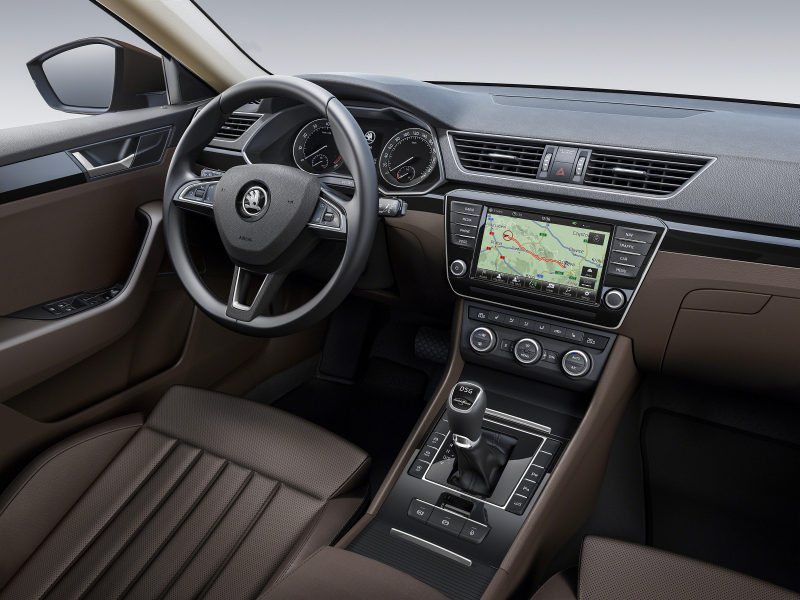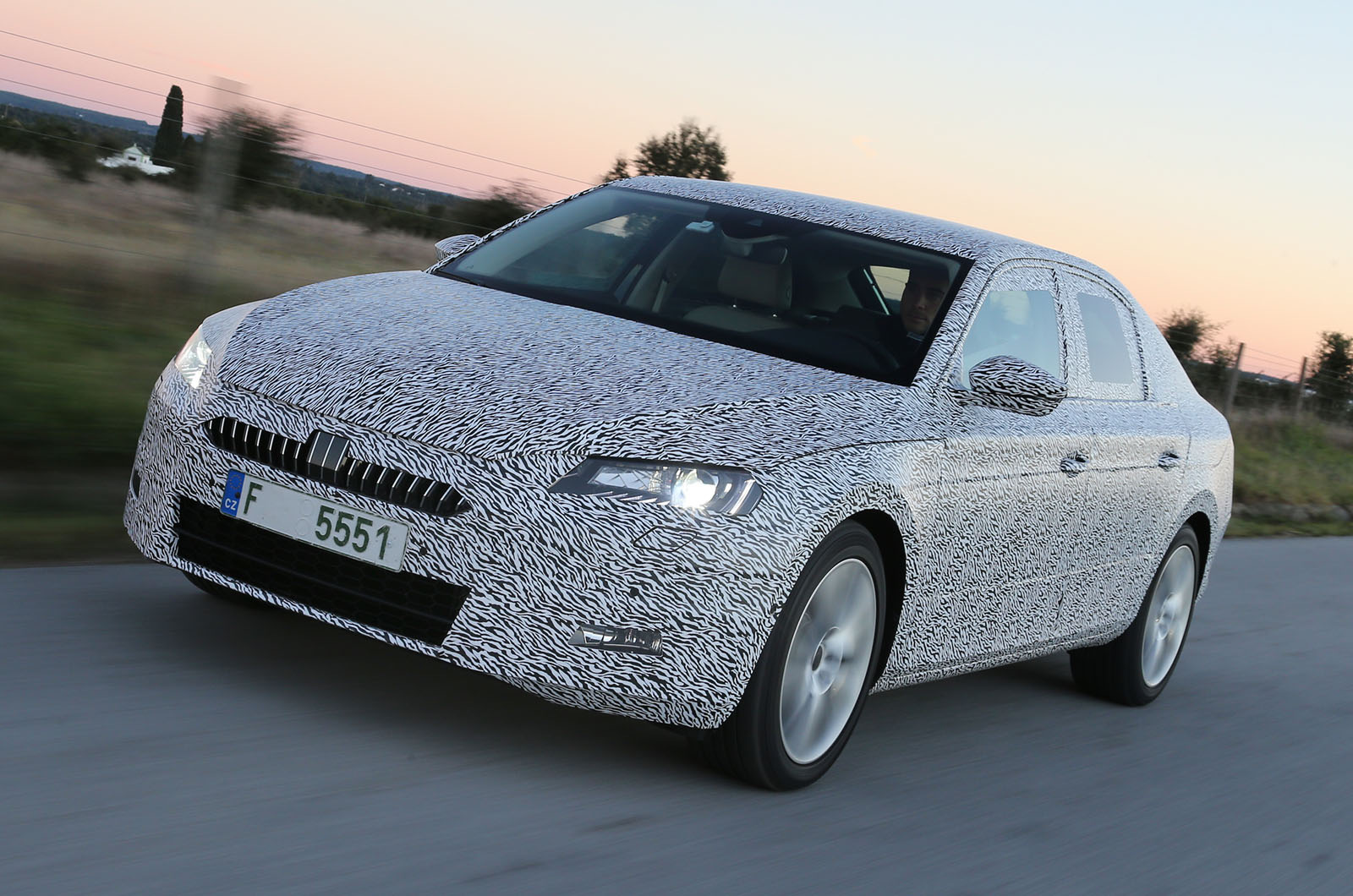
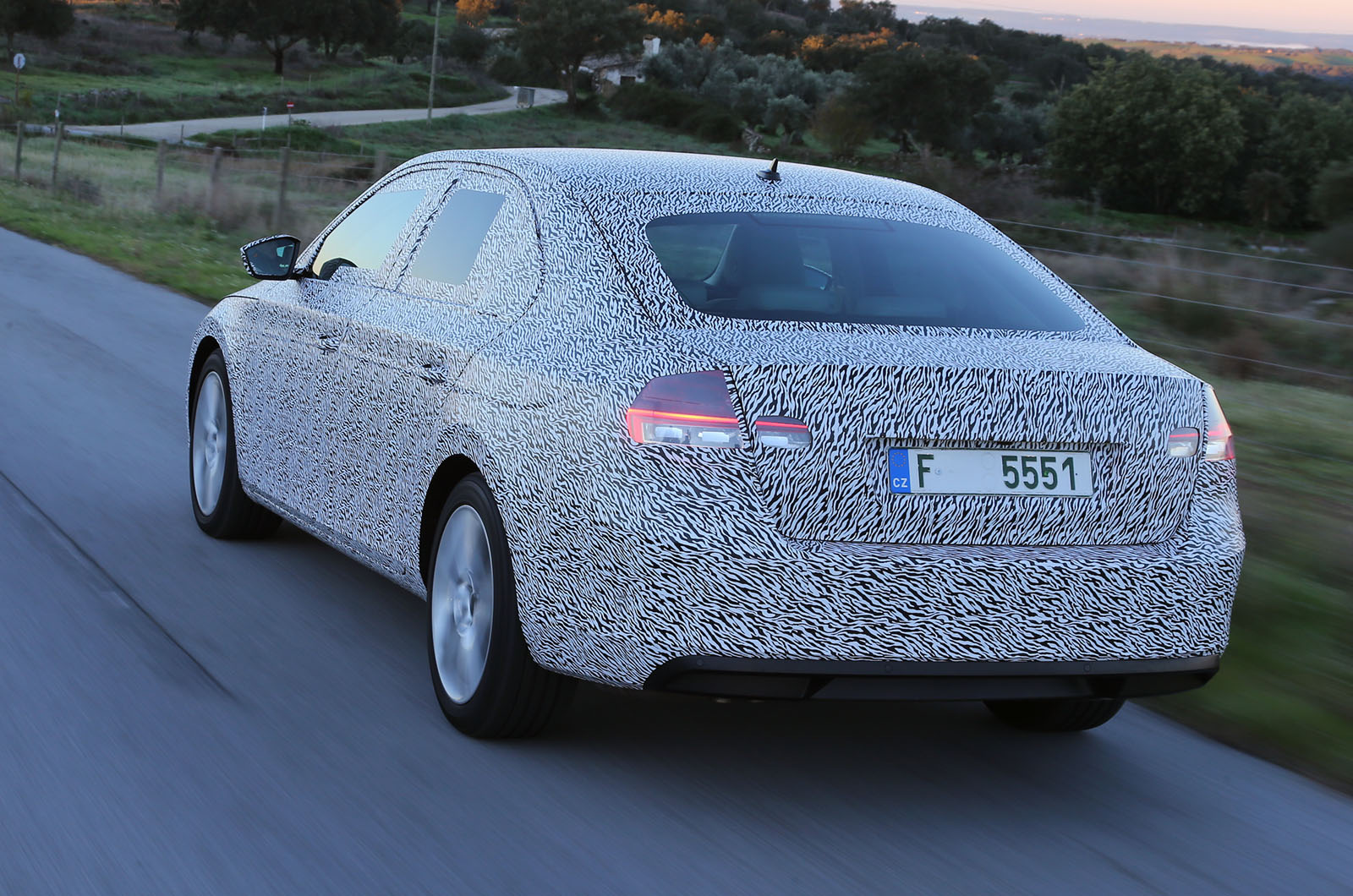
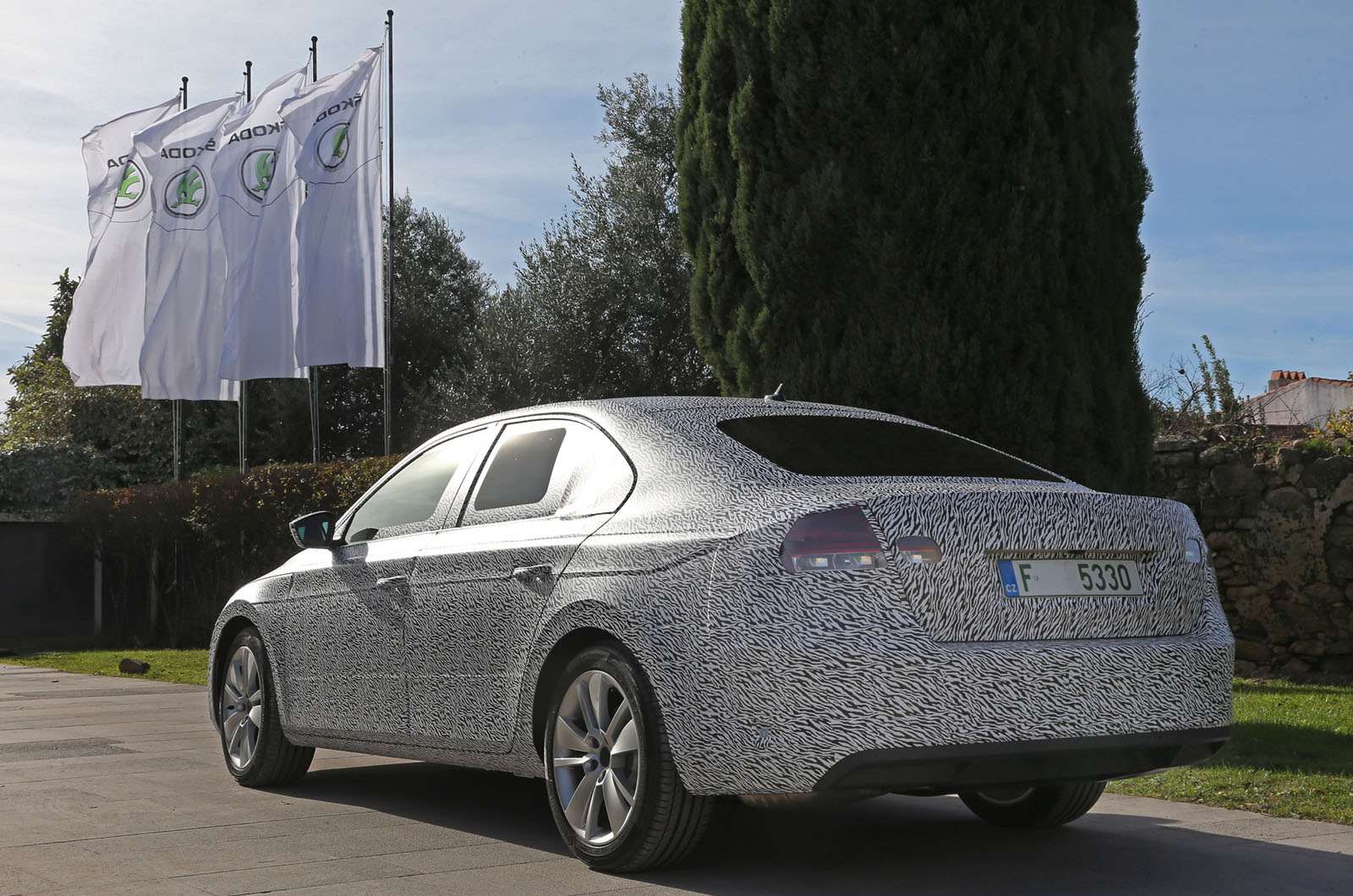

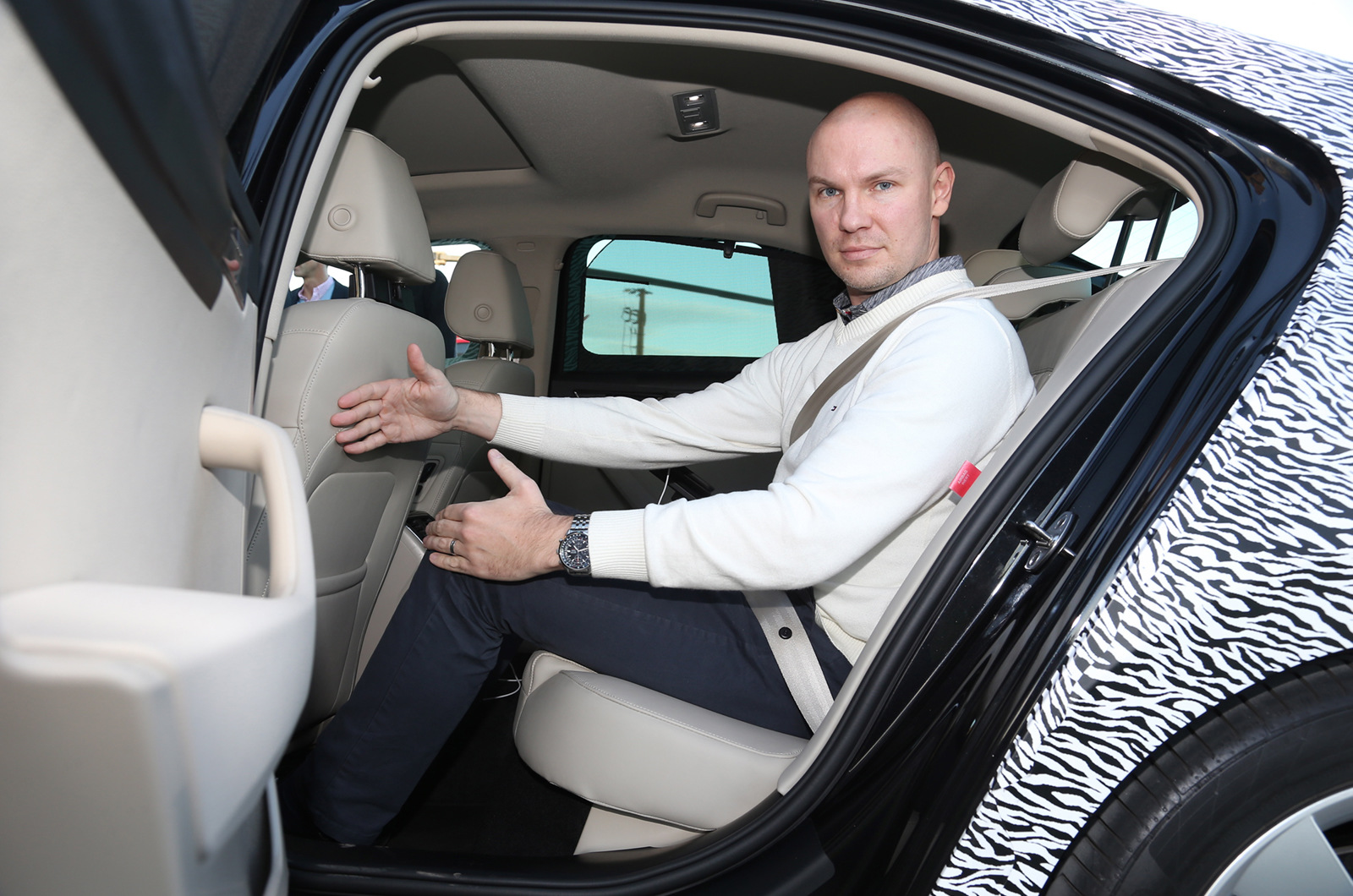

It’s a car without a twin-door rear hatch. That’s the first thing to tell you about the new Skoda Superb, driven here, early and disguised (the car, not I), prior to going on sale next Autumn.
So to the old model’s trademark dual tailgate, whose metal part raised like a saloon’s or whose whole raised as a hatch, is no more. Skoda’s strapline is Simply Clever. The boot was clever. But it wasn’t simple – or particularly light.
It matters because its departure means the new Superb can look far more stylish than before. You can’t see that yet, owing to the camouflage. Sorry about that.
It’ll be shown in public in February, so until then you’ll have to take my word for it that ditching that dual-opening boot and adopting a conventional hatch instead really does matter. The twin-door set-upnecessitated a long boot lip, and because the rear cabin had the generous headroom beloved of private hire companies, the rear window was as a result blunt and bulbous, making the rear ungainly.
A hatch means you can have both cabin space and a coupé-ish swoop to the rear. Airport minicabbers rejoice, then: the Superb looks much better kerbside yet is even more spacious than before, thanks to 80mm going into the wheelbase and the boot getting even bigger, now swollen to 625 litres behind the rear seats.
A shorter front overhang means overall length is only up by 20mm, while an extra 50mm of width adds visual purpose.
Torsional rigidty is up by 12 per cent and the use of high-strength steels by a more significant 45 per cent, yet weight is down by an average of 75kg across the range, because underneath is VW’s MQB platform, as on the latest Volkswagen Golf and Passat.
Interesting comparison, the Passat. It, too, is just-new, but the Volkswagen Group has decided that these two are no longer competitors. It thinks the Passat is a compact-executive car and ahs left it to the Superb to give the Ford Mondeo and Vauxhall Insignia a hard time.
Skoda is confident it’ll do the job, and so am I.
What is it like?
Good. Skoda is a car maker that now makes one million cars a year, and it knows what its customers want.
In China, one of the places the Superb is built, they want that massive rear legroom – accordingly it’s ridiculously generous – but also they increasingly want connectivity and high-tech features.
Lane-keeping assist and adaptive cruise control to and from a standstill; an infotainment system that can mirror your phone; wireless phone charging; passenger control for the audio and navigation via a tablet: the new Superb can have all of these and more.
Customers wanted better cabin materials, too. These are currently so far away from ready that Skoda is reluctant to picture them, but you can be fairly sure they’ll be good enough.
The Superb is pretty tidy to drive, too, in that rather inoffensive, Skoda-esque way that focuses on ease and comfort.
Our test cars were fitted with optional adaptive dampers (a Superb first) which are best left in their middling Normal setting, where the ride and body control is fine (one setting either way is too compromised). It steers smoothly, if slowly off the straight-ahead, and feels relaxed and calm. More steering weight (you can choose that through the adaptive drive mode) improves the cruising stability.
Should I buy one?
Probably. All the engines we tried are good. They’re now all EU6 compliant four-pots, ranging from a 1.4-litre turbo petrol with 123bhp through to a 2.0-litre petrol (276bhp), with three diesels (1.6 and 2.0, with 118 to 188bhp). There's also the option of two or four-wheel drive, as before.
No word on whether the UK will receive them all, but there’s a fair chance: we took the old six-cylinder petrol, after all. All drive through smooth six-speed manual gearboxes or DSG dual-clutch automatics.
We tried two petrols and a diesel, the latter a 188bhp 2.0 TDI that was arguably the most relevant to the UK market, despite having four-wheel drive and an automatic gearbox. The extra weight of all that meant body control was poorer, but the engine itself is quiet and strong.
No performance or technical figures, specs or prices have been released yet, save for knowing that the 1.6 TDI Greenline model will produce 96g/km of CO2.
One other detail I can reveal: if you sell a conventional D-segment hatchback in Europe, your job is about to get a lot tougher.
Foto spy ufficiali della prossima Superb che sarà presentata a Praga a metà febbraio.
Autocar scrive un'ottima prima impressione. A fine 2015 ci sarà anche la sw.
